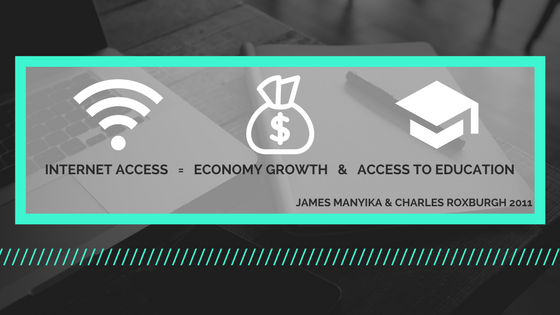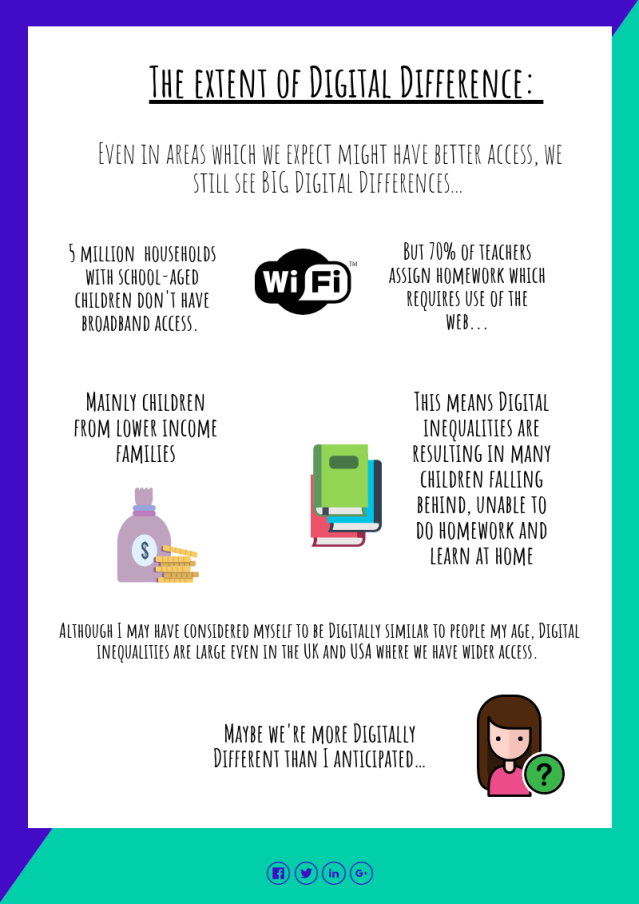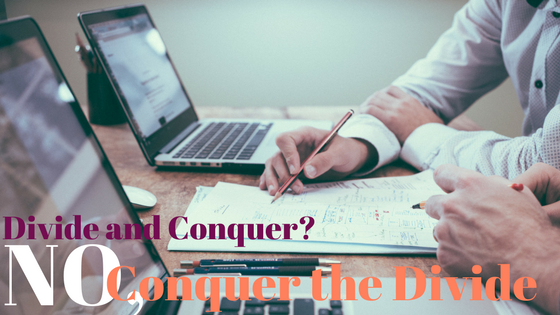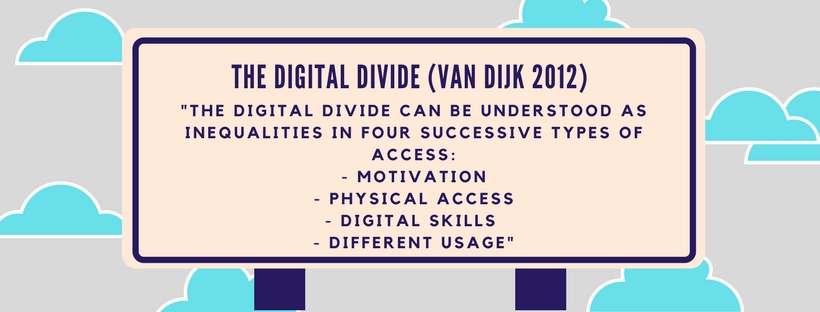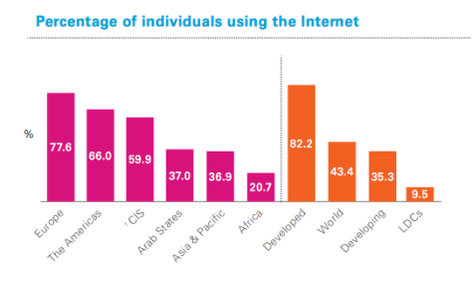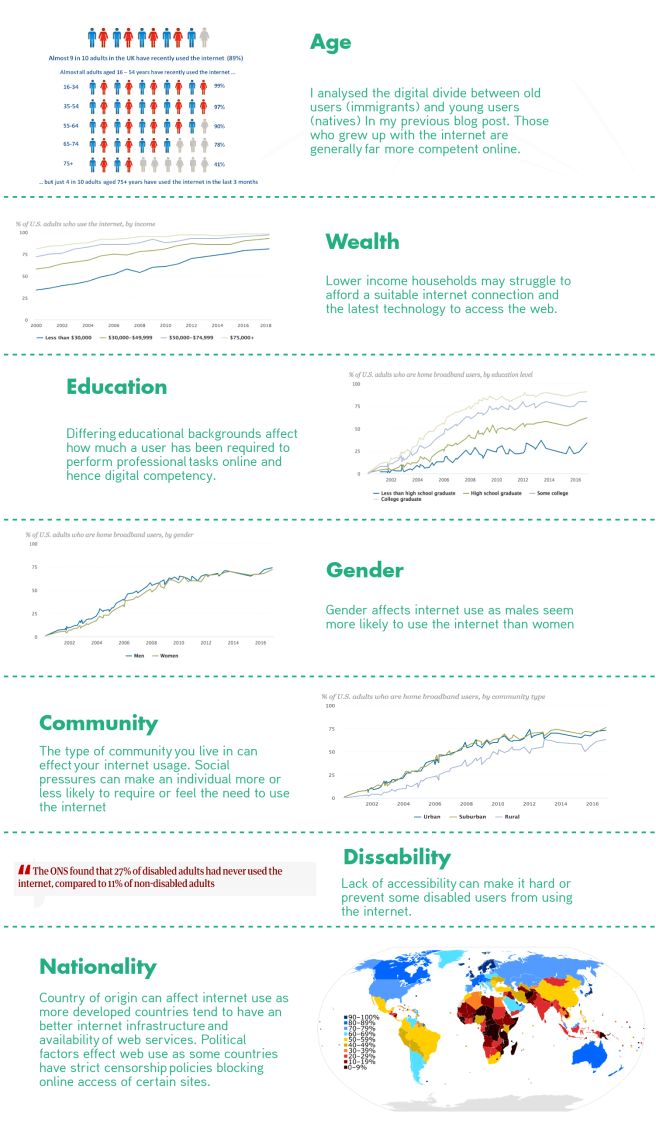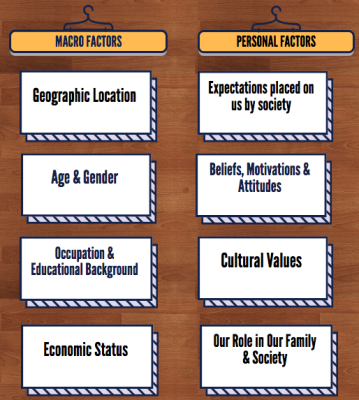Topic 2 – ‘Learning on the Web’ – question and starter sources
LEARNING ON THE WEB
The MOOC has introduced you to the importance of your Personal Learning Network and the need for lifelong learning skills. As many of you have already commented during the MOOC, one of the key features of having an effective learning network is developing the digital literacies needed to identify reliable, trustworthy information online.
Task – Evaluate how to assess the reliability and authenticity of online information.
Continue reading →





